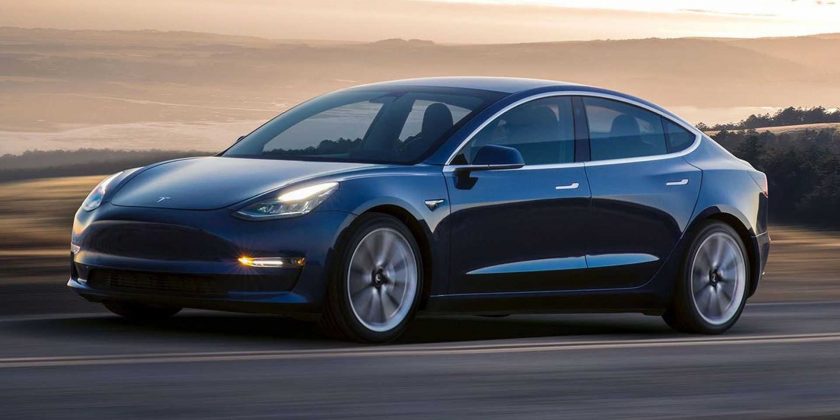It’s a bull market for the electric vehicle (EV) industry.
In Europe, EVs gained almost 170% in yearly new car registrations, reaching double-digit market share as Tesla has shaken up the German car industry – something most people thought was impossible just a few years ago. Worldwide, EVs are up from an estimated 2.17 million units in 2019 to 2.3 million in 2020, according to Statista.
However, in the U.S., sales numbers are not as robust. In 2020, sales of plug-in, light-duty EVs totaled 296,000 units, a drop from 331,000 units in 2019, reports S&P Global Platts Analytics. According to Platts, it will likely take until 2025 to hit one million units in the U.S., with pandemic recovery a large factor.
There are a number of driving forces that can help the U.S. EV market rebound and perhaps even exceed these sales projections. There are also market changes that need to occur in order to take the U.S. market out of the EV doldrums.
Positive forces underway include the bombshell announcement by General Motors that it will transition completely to EVs by 2035, expecting to stop production of gasoline-powered, light-duty vehicles. This followed right after President Biden’s historic January 2021 climate change address in which he referred to 500,000 new EV charging stations being installed in the U.S., and consumers switching to EVs through rebates and incentives. He also made a commitment to purchase clean emission vehicles for government use.
But four changes still need to happen to fully activate these good intentions and actualize sales as a result:
1) Federal Tax Credits Must be Extended
Today, the $7,500 EV federal tax credit dissolves once the vehicle OEM sells 200,000 eligible plug-in EVs. Tesla and General Motors, for example, are no longer eligible to extend the credit for new purchasers. This is a barrier for consumers that want the option to purchase the EV vehicle they choose and still benefit from the tax incentive. Instead, the federal tax credit should be available until 2035, regardless of the number of EVs the OEM has sold. This will provide more incentive as well as vehicle choice for consumers and will increase the adoption of EVs overall.
2) States Need to Unify on Incentives
At the end of 2020 at least 45 states and the District of Columbia were offering state incentives for owners of EVs. Interactive maps show just how diverse the state incentives are, including everything from exemptions for use of high-occupancy vehicle (HOV) lanes and EV vehicle and equipment purchase incentives to vehicle inspection or emissions test exemptions, parking incentives and utility rate reductions.
However, the incentives vary widely state to state and there are still no current legislated incentives in Alaska, North Dakota, South Dakota, Kansas and West Virginia. For EV adoption to accelerate, states need to become more unified in their approach to consumer incentives in addition to expanding the current 27,000 network of public charging station locations throughout the U.S.
3) Charging Must Go Mobile
Besides tax and credit incentives and an expanding the network of public charging stations across the U.S. (an absolute necessity) it must also be as easy to charge your vehicle as it is to charge your smartphone – at home, work or on the road. U.S. consumer behavior simply demands fast, easy, travel-ready EV charging options. And while the charging infrastructure is expanded, it’s also important that EV consumers have confidence that they can charge up, no matter where or how far their excursion may take them.
To support this, smart and safe products that enable EV owners to charge from virtually any locally available power source are needed. After all, recharging overnight at a local power source at your destination should be as normal as charging your phone or laptop. This needs to go along with more interactive charge management, such as software apps that connect with the local and mobile chargers and provide online access to the state of your EV charge.
They may also offer insights into options for lowering your energy costs or CO2 footprint. Longer-term, consumer apps will offer incentive programs, which increase the desirability of looking beyond dedicated stations for charging options. The ample availability of these mobile-enabled EV charging products will bring greater consumerization – and thus adoption – to the EV market.
4) OEMs Need to Double Down on Education
Mass market consumers are still wildly uninformed about EVs. Misconceptions about EVs, such as misunderstandings around charging times, availability and electricity cost, are still common. In general, consumers don’t like change so it’s up to vehicle manufacturers to shift the mindset.
With greater incentives for vehicle dealers to move EVs in favor of their gas-powered counterparts, OEMs can begin to turn the tide. 2021 will be a tipping point for this marketing push (consider the investment General Motors has made for its EV Super Bowl Ad with Will Ferrell). Other EV manufacturers will certainly follow suit. But OEMs aren’t the only ones that can drive consumer EV education. Electric utilities also have a unique opportunity to lead in education, with an already captive consumer base they too can communicate the value of EVs to potential drivers and benefit from their increased adoption.
Incentives, tax credits, rebates and education can add to consumer motivation but need to be supported by better standardization, much easier charging access, and an expanded market in which mobile chargers and other options are fully integrated into incentive programs. The result will be accelerated EV market adoption and a truly mobile EV consumer.
An electric vehicle charging technology expert and innovator, Lars Thomsen is a member of the board at Juice Technology AG, a Swiss manufacturer of charging stations and solutions which are marketed worldwide.
Source: Read Full Article
